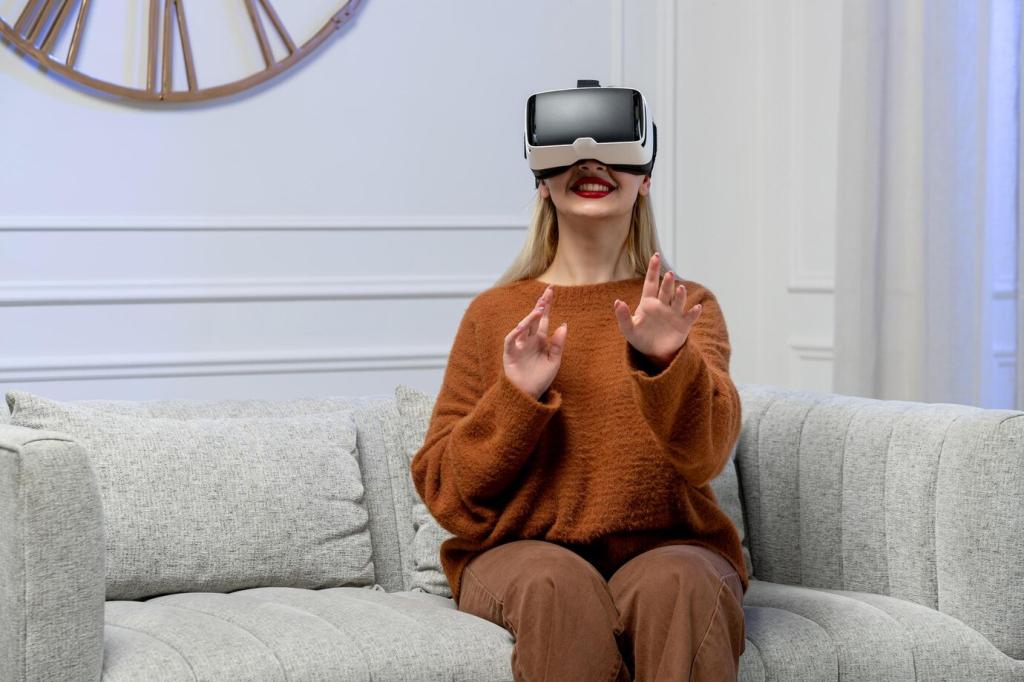
Enhancing Student Engagement with Augmented Reality in English
Augmented reality (AR) is revolutionizing the way students interact with content, redefining engagement in the English classroom. By overlaying digital information onto the real world, AR creates immersive experiences that motivate students, foster creativity, and deepen understanding. When thoughtfully implemented, AR tools and applications empower learners to participate actively in lessons, making language learning more interactive and memorable. This transformation moves beyond passive consumption, allowing students to explore narratives, practice language skills, and engage in activities that resonate with their everyday lives. As educational institutions seek innovative ways to motivate students and enrich lessons, integrating augmented reality stands among the most promising strategies to boost student engagement in English.
The Interactive Power of AR in English Lessons
Bringing Literature to Life
Interactive Grammar and Vocabulary Practice
Real-World Context in Language Learning

Student-Created AR Content

